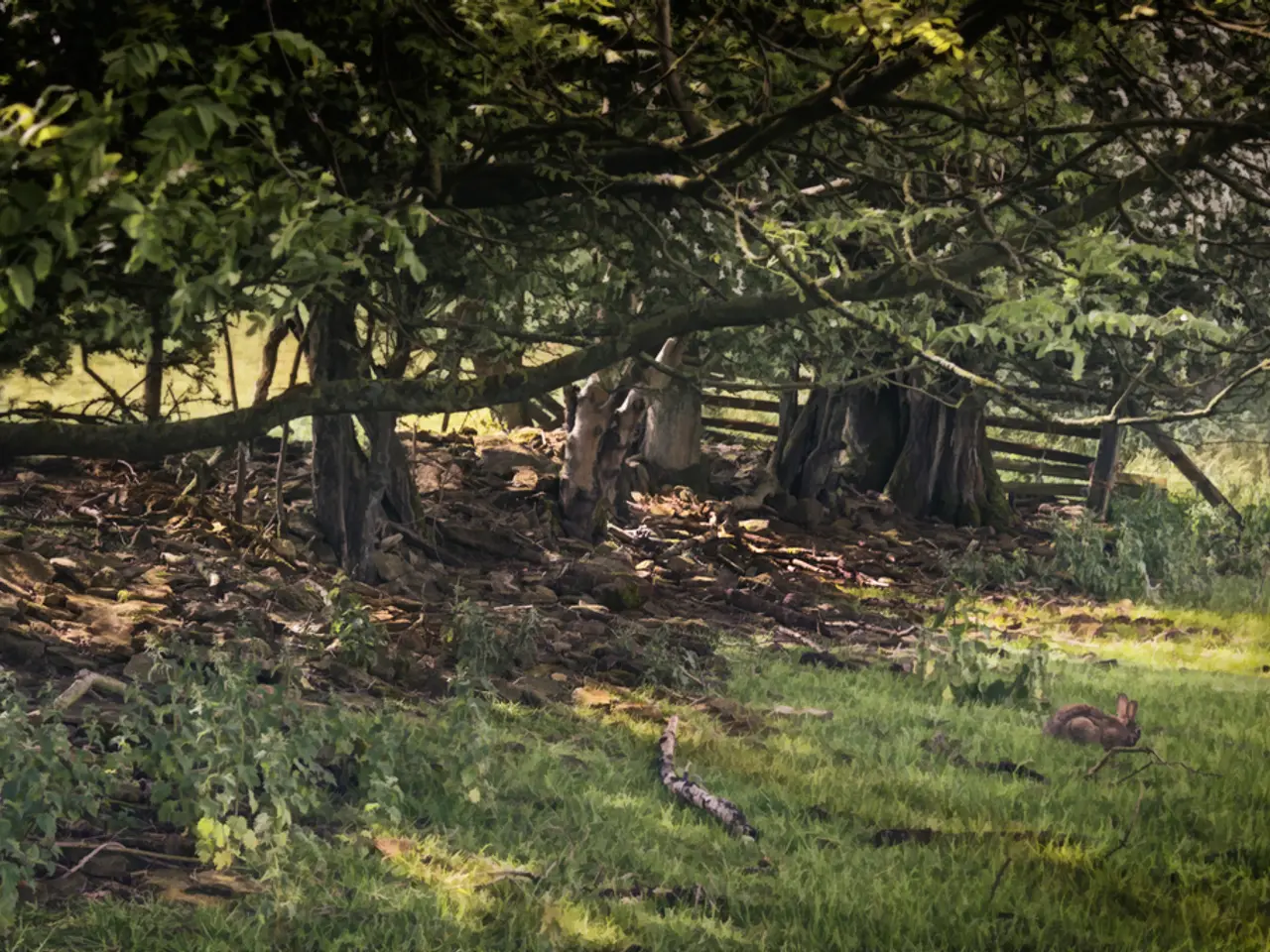Vegetable Garden Covering Made of Landscape Fabric
In the quest for a flourishing vegetable garden, landscape fabric emerges as a valuable tool. This versatile material can help control weed growth, extend the growing season, and create a unique garden space. Here's a guide on how to choose and install the right landscape fabric for optimal crop growth.
Choosing the Right Landscape Fabric
When selecting a landscape fabric for your vegetable garden, opt for a woven or non-woven polypropylene (PP) fabric designed specifically for garden use. These materials offer a balance of durability, weed suppression, and permeability to air and water.
Ensure the fabric is chemical-free, UV-resistant, and tear-resistant to withstand garden conditions. A high-permeability fabric is essential to allow water, air, and nutrients to reach the roots, preventing waterlogging and promoting soil microbial health.
Installation Best Practices
Before laying down the fabric, clear the garden bed of weeds and debris, then level the soil surface. Lay the fabric flat, securing edges with landscape staples or pins to prevent shifting. Overlap seams by several inches to prevent weed intrusion.
For vegetables, use fabrics that have printed spacing guides or cut carefully measured planting holes for transplants to grow through. After planting, cover the fabric with an organic mulch layer about 5–10 cm thick to enhance weed suppression, maintain soil moisture, and improve soil health.
Maintain a small gap (5–10 cm) around stems to prevent stem rot and discourage pest buildup. Install fabric and mulch after seedlings are established for best growth conditions.
Additional Considerations
Adjust fabric and mulch types based on your garden's microclimate and crop season. Use black or clear films early in cool soil to warm it or reflective mulches in hot climates to reduce heat stress.
Ensure proper drainage and soil preparation beneath the fabric to prevent water pooling. Well-drained raised beds or amended soil improve fabric performance and root health.
Combining fabric with organic mulching and proper irrigation conserves moisture while allowing air exchange essential for root development.
Creating a Unique Garden Space
Neon signs can enhance the aesthetic appeal of your garden, especially at night. Custom Neon Signs can be hung on the fence to make the garden more beautiful and inviting.
By prioritizing a high-quality, permeable polypropylene landscape fabric, carefully installing it with adequate spacing and mulching, and considering your garden’s microclimate and irrigation, you create an optimal environment for vegetables to grow robustly with effective weed suppression and healthy soil conditions.
[1] Gardening Know How. (2021). Landscape Fabric for Vegetable Gardens. [Online]. Available: https://www.gardeningknowhow.com/garden-how-to/soil-fertilizers/landscape-fabric-for-vegetable-gardens.htm
[2] The Spruce. (2021). How to Use Landscape Fabric in a Vegetable Garden. [Online]. Available: https://www.thespruce.com/use-landscape-fabric-in-vegetable-garden-1807419
[3] The Old Farmer's Almanac. (2021). Landscape Fabric for Vegetable Gardens. [Online]. Available: https://www.almanac.com/gardening/landscape-fabric-vegetable-gardens
[4] The Garden Helper. (2021). Using Landscape Fabric in a Vegetable Garden. [Online]. Available: https://www.thegardenhelper.com/using-landscape-fabric-in-a-vegetable-garden/
[5] Garden Myths. (2021). Landscape Fabric in the Vegetable Garden. [Online]. Available: https://gardenmyths.com/landscape-fabric-in-the-vegetable-garden/
Incorporating landscape fabric in your home-and-garden projects could be advantageous, especially for your home vegetable garden. To create a flourishing vegetable garden with optimal crop growth, consider choosing a woven or non-woven polypropylene fabric designed for garden use; such fabrics offer a balance of durability, weed suppression, and permeability. This could ultimately help enhance the overall lifestyle of maintaining a home garden by promoting healthier and more robust vegetables.




